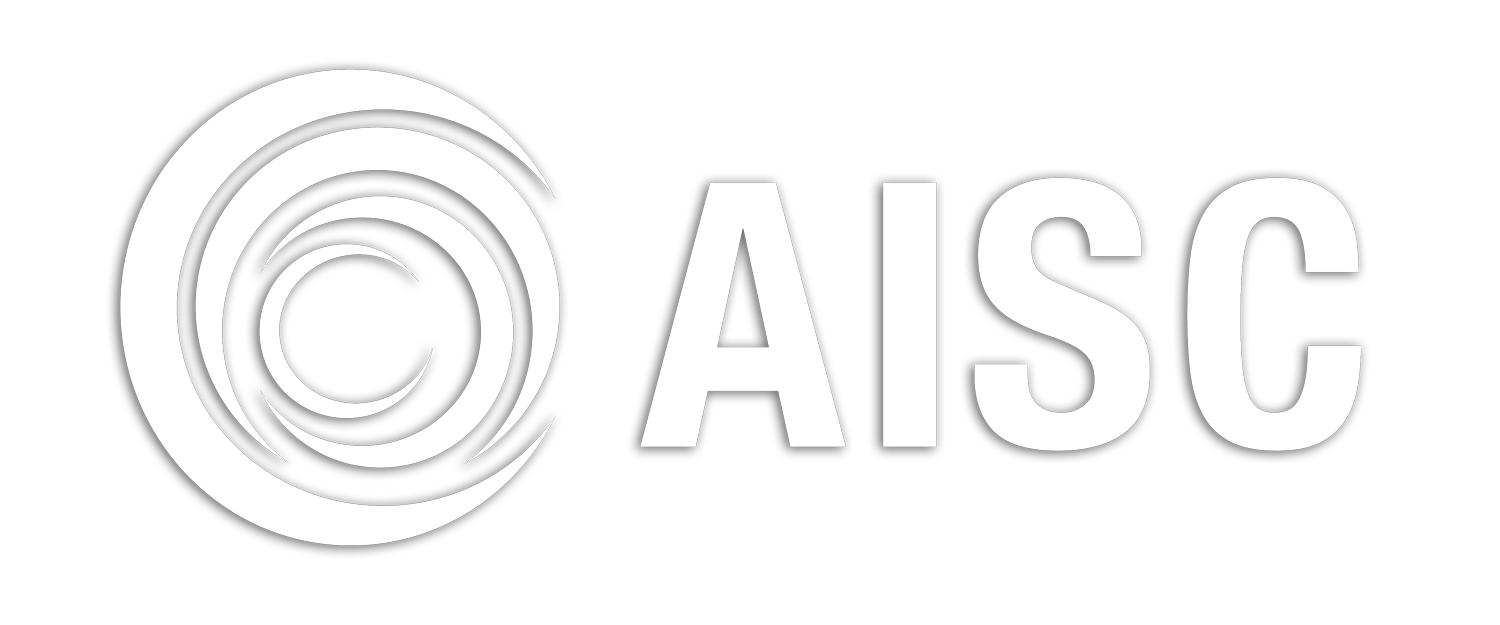Having moved around multiple times when I was younger, the concept of home is very important to me. I have a deep connection with the cities I have lived in, but rarely feel like I am at home anywhere. Whether in Germany or India, I feel isolated, as if I don’t belong in either place. I want to use my art to explore the concept of home and belonging, with the question “What is home?” guiding my works. Focusing on geographical and emotional aspects, I seek to learn what makes a place feel like home to me. Chennai, India and Krumpa and Leipzig, Germany, are the three cities I have called my home in my life - searching for connections between these led me to the root of the meaning of a home. With my art, I intend to recreate the feeling of home by blending the aspects that make each city a unique home to me, whether it be geographical or emotional.
A motif throughout my works is the use of maps, which help me look at the geographical and physical connections between the cities. I further want to explore similarities and differences between each country and city, demonstrated in my pieces “Roots & Routes” and “The Way Back Home”. In “Roots & Routes”, I looked at the differences in nature between India and Germany, while “The Way Back Home”, highlights the similarity of water between the cities Krumpa and Chennai. For my pieces “The Way Back Home” and “Roots & Routes”, I took inspiration from artists Mirabell Nicklas and Susan Lerner, in their mediums and how they used them to explore themes similar to mine.
In exhibiting my works, I curated the space following the narrative. The audience is invited to view the exhibition clockwise, from the beginning of the narrative to the end. Hence, I placed works with monochromatic outlooks in the beginning, slowly shifting into a more colorful and harmonious tone by the end to emphasize the progression of the narrative. As the audience enters the space, they are greeted with “Sprout,” which introduces them to the metaphor of the plants and the exhibition’s theme. This is further elaborated in “4-Leaf Clover”. The large-scale characters from “Sprout” are placed in a cycle, allowing the audience to be surrounded by the characters and inviting them to identify with me. Continuing on, the installation work, “Rain,” is hung from the ceiling above the audience’s heads, inviting them to be immersed in the space and feel the rain of GOOD LUCK. The next work, “Drought,” brings a shift in the mood of the exhibition. The fragmented ceramic pieces are placed from the wall to the floor, emphasizing the progression of the conflicts. My following work, “Caged,” is a collection of nine textile works placed three by three on the wall. This rectangular arrangement highlights the idea of containment. “Cycle” uses the same idea as “Caged” in animated format to add vitality, therefore placed close to each other. Toward the end of the space, “Blossom” and “Jangle” are placed on opposite sides of “Sprout” to highlight the growth from beginning to end. Throughout my works, there are several elements such as the geometric form, thread, colors, plants, and GOOD LUCK can all be seen in my last work, “Jangle.” Thus, the narrative is concluded and conveys that relationship has a massive part in my growth as well as shaping my identity.
As my work progresses, I move from a broader geographical perspective to a more specific one, progressing from looking at countries to cities, my room and finally myself. I aim to move away from maps and cities, to show that home is not always a specific location. As seen in “Both Sides of Home”, I focus on objects and places in my homes that make each feel like a home to me. My final piece, “Magnolia”, represents myself, and moves past geography into what objects and symbols I find home in. These include objects that I find comfort in or that I have brought with me to all my homes.



